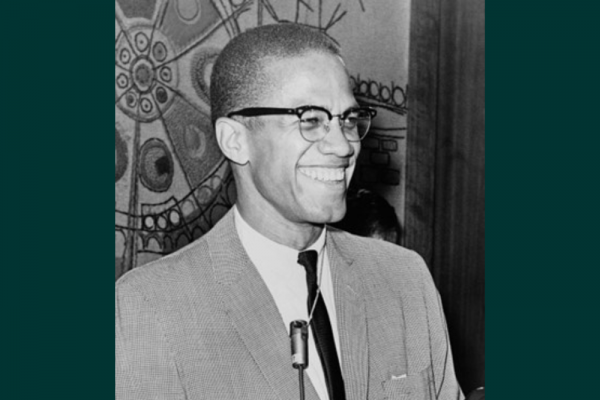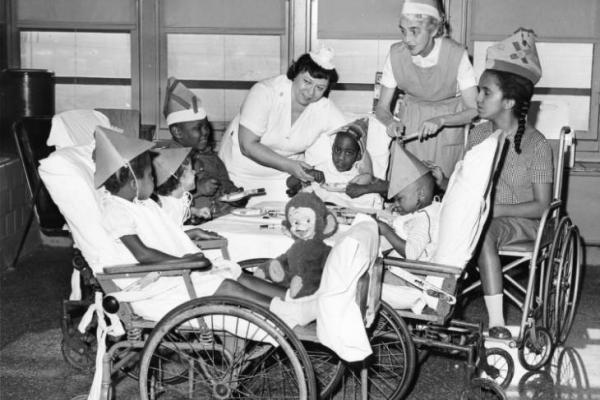Advanced Search
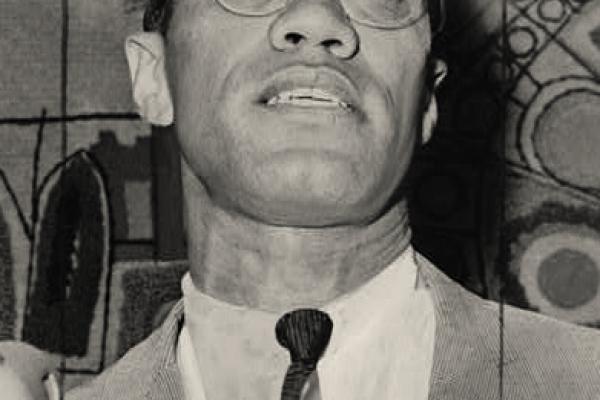
Malcolm X during his fateful year of 1964—the year marked by his formal break with the Nation of Islam and his pilgrimage to Mecca.
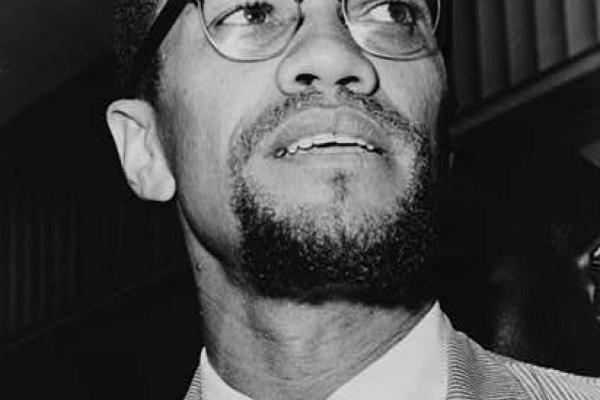
In January 1965, Paul Robeson Jr. mediated what would have been the first meeting between Paul Sr. and Malcolm X. The Robeson–Malcolm exchange never happened, as Malcolm was assassinated a month later in Harlem. As noted by contemporary historical markers, both left their imprint on West Philadelphia.
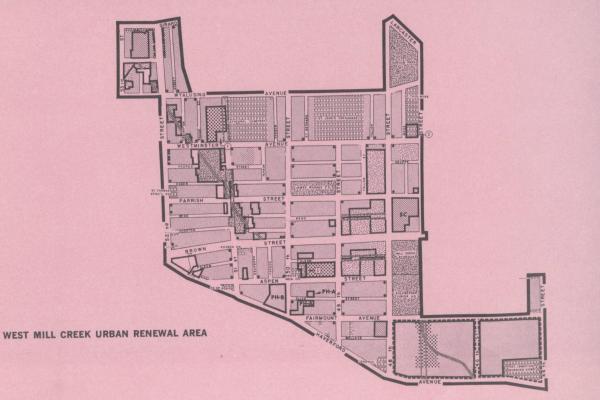
This 1964 map provided by the Philadelphia Redevelopment Authority shows the RDA’stargeted zone for urban renewal—to be distinguished from the Philadelphia Housing Authority’s Mill Creek Project (Mill Creek Homes). Note, as a landmark, Sulzberger Junior High School, at 48th & Fairmount.
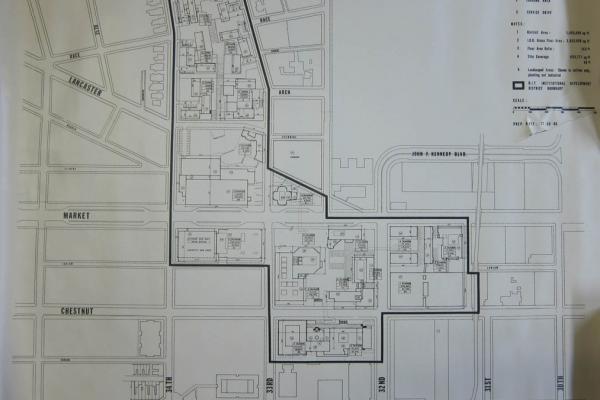
Drexel's plan for 1970 development expanded the school's campus into RDA Unit 5, part of the University Redevelopment Area.
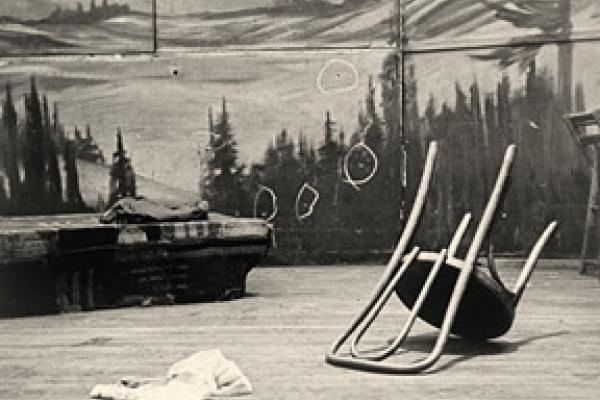
Bullet holes in the rear of the Audubon Ballroom stage where Malcolm X was assassinated February 21, 1965.
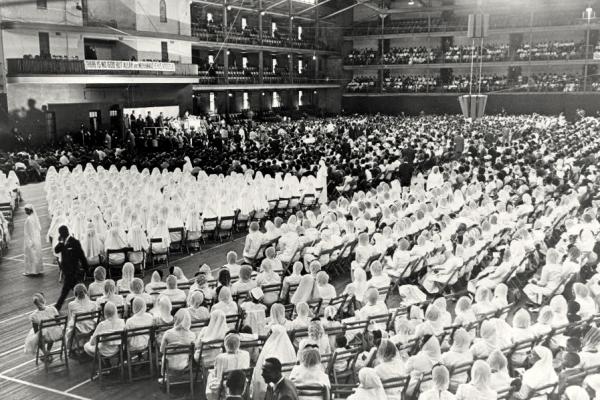
Elijah Muhammad addressing an assembly of his Nation of Islam followers.
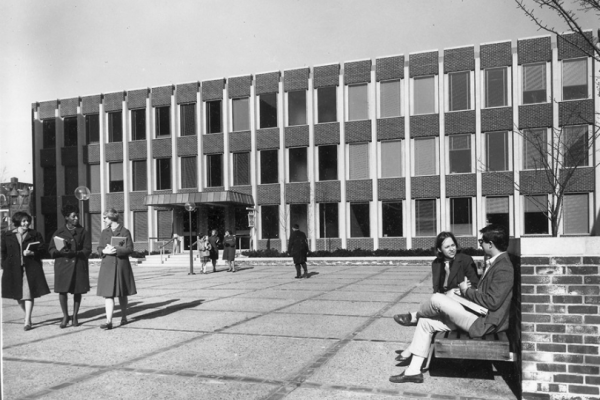
The University of Pennsylvania’s Graduate School of Education (Penn GSE), shown here as a new building in 1965, provided staff to support the operation of the Free School. The project’s first director, Aase Eriksen, was a junior member of the Penn faculty. The primary source of teachers for the Free School was Penn GSE’s Experimental Program in Urban Education, many of whose students were graduates of Ivy League colleges. Entering this Master’s-degree program in the fall of 1969, they were expected to work as part-time interns in the local schools. Yet Eriksen recruited seven of them, all White, to begin full-time teaching in the annexes in the winter of 1970. Whiteness and youthful progressivism were a source of tension with the Free School’s community board.
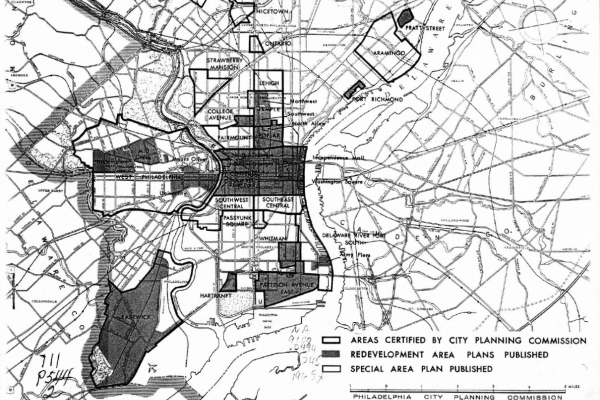
Urban renewal areas certified by the Philadelphia City Planning Commission, as they appeared in 1965.
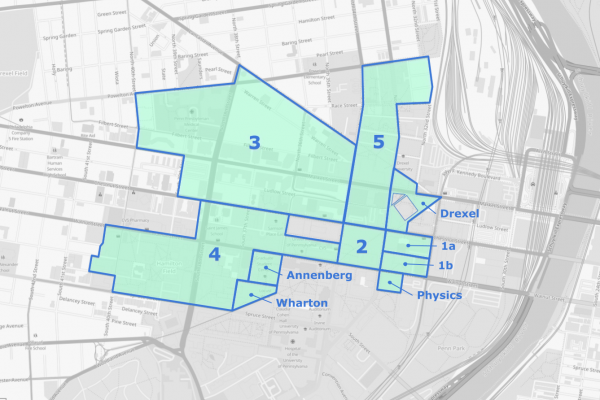
This map, recreated from the Redevelopment Authority's 1965 Annual Report, represents the approximate boundaries of the major initiatives from 1948–1965.
